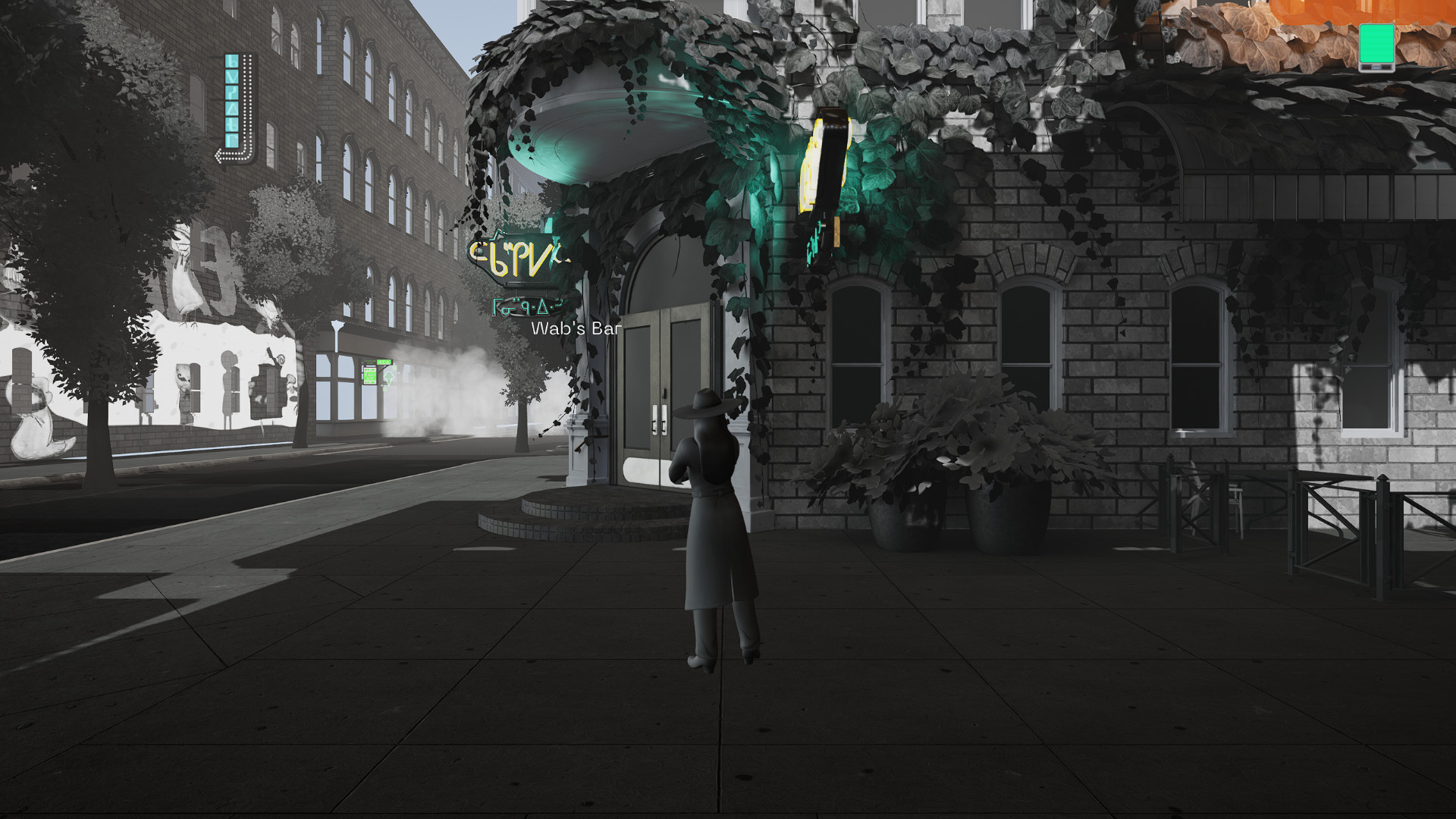Teaching: 7 Messages for Indigenizing the City
Messages condensed from Roberta Jamieson’s keynote on The key to making a city more Indigenous address at the 2015 Walrus Talks in Calgary.
February 16, 2022
Story
March 21, 2023

Evergreen
Digital placemaking takes on new meaning combined with Indigenous Futurisms
They say that if you can imagine it, you can create it. For centuries, storytellers and artists have helped us imagine alternative worlds and systems that counter our current reality so that we can create better, more beautiful ones. Now, a new frontier is being explored through the art of digital placemaking.
Digital placemaking is typically defined as the use of digital technology to enhance public spaces by making them more interactive and engaging (think QR codes at an exhibit to scan for content). It is also a term to describe the use of technology to gather data about how people use and interact with public spaces, in order to inform how these places can better serve the community’s needs.
“When I think about digital placemaking, I’m really thinking about the way in which digital tools can enhance or increase the way in which people can both enjoy very particular places, or spaces, the way that they can contribute to how those places or spaces can be used by communities,” says Farhaan Ladhani, CEO of Digital Public Square in a recent episode of the Future Fix podcast.
“And I hope over time, digital tools can help increase the way in which those places or spaces are governed, so that people can have a much more active participant role in the way in which the spaces are used to improve the quality of their lives.”
Considering this definition, what if digital placemaking was associated with more than a beloved place, but with the building of future cities?
Meagan Byrne designs Indigenous video games. Her game Hill Agency: Purity/Decay has been in development for several years and will be released on March 31 by Achimostawinan Games.
The game unfolds in a futuristic city that has survived an apocalypse and is beginning to renew in 2262. Buildings and homes are standing, yet they are…different. Observant players will notice the references: the neon shop signs are in Cree, plant life emerges everywhere, and neighbours in an apartment building are family members. The game description reads:
What would our world look like on the brink of freedom from colonial oppression? Find out in this heart-pounding and atmospheric Indigenous cybernoir detective game!
Hill Agency: Purity/Decay is situated in a city loosely based off the city of Hamilton. She worked with her artistic partner Sadekaronhes Esquivel to determine what this future city would look like, and where people would live.
“Apartments are vertical long houses to house extended family. Some people are probably still going to want to live in their wigwams, and we have houses. Like what would happen if settlers disappeared, and the Indigenous people came back. You’re not going to just tear down perfectly good houses because you want to go back to ‘the ways’. It’s like, you would use what’s here, you would maintain what’s here. You just make sure people are housed and you’d make sure things were taken care of, and you’d also cover it with greenery. So the whole place is just overflowing with plants and trees and vines. And it’s like why not?”
Meagan is passionate about Indigenous Futurisms, a term coined by Dr. Grace Dillon to describes futuristic artwork that centers Indigenous people in a future setting. Dillon first used the term in 2003, seeking to describe a movement of art, literature, games, and other forms of media which express Indigenous perspectives on the future, present, and past.
In a previous interview with She Does the City, Meagan describes being drawn to the medium of video games because “it’s a world you can dive into and inhabit, if only for a short time. You’re an active part of that story and it can’t continue without you.”
Indigenous game developers and game-changers like Meagan Byrne are actively exploring what Indigenous Futurisms could be. For more examples of Indigenous games and developers, please visit the website Indigenous Game Devs.
One goal of digital placemaking is to create a sense of community and belonging among the people who spend time in a particular place. Early reviews of Hill Agency: Purity/Decay would suggest that Meagan got the futuristic place just right for an Indigenous audience.
“It’s been kind of interesting having settler reviewers go through [the game]. They find it very dystopic, but all our Indigenous reviewers have played through and they’re like oh my god, I love this. It’s so nice and so homey!”
Digital media like video games allow users to actively explore places that have not yet been created. While the world that Meagan created appears dystopic to some, it represents hope and possibility to others. A vivid depiction of a decolonial, Indigenized city that centres care and reciprocal relationships with humans and the natural world is something worth exploring– and city builders should take good notes.
For further reading on Indigenizing cities and placekeeping we recommend the resources below.